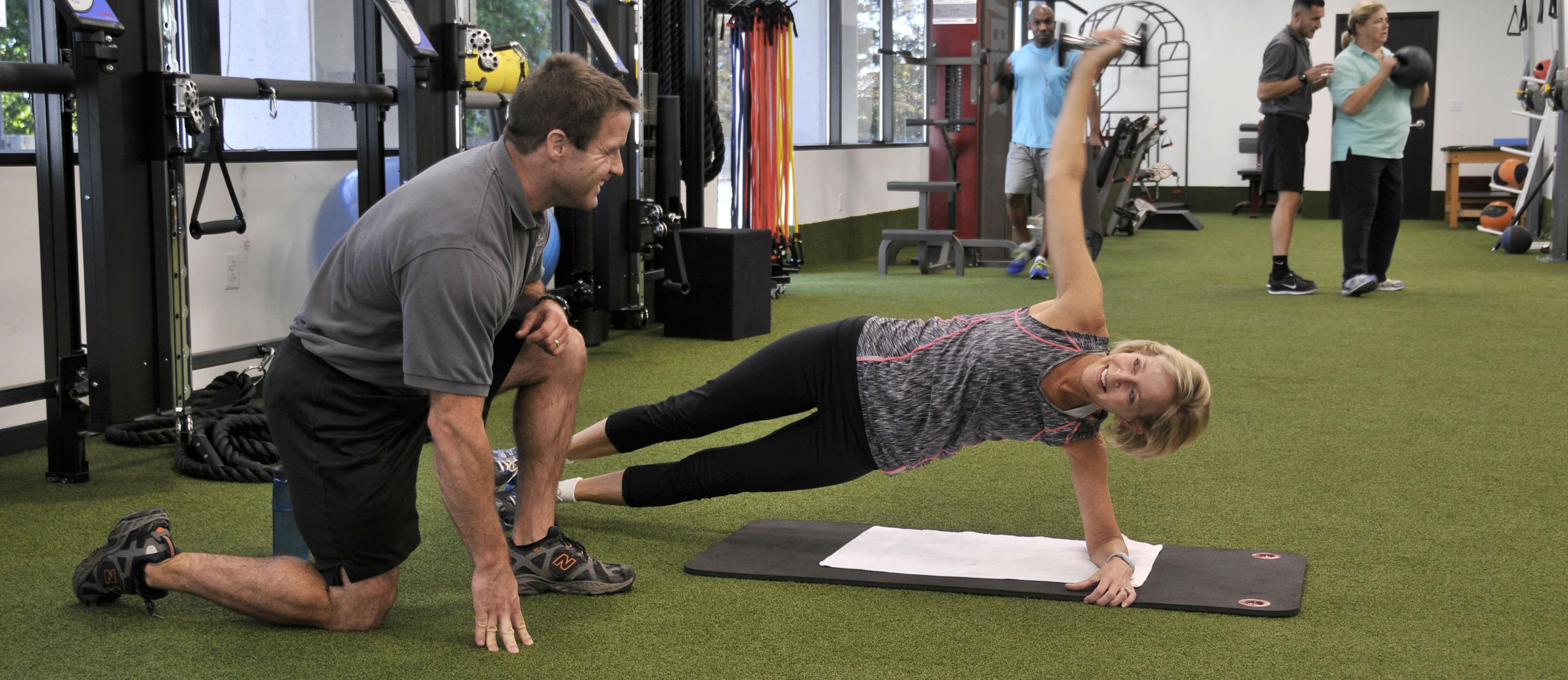Can Exercise Hinder Movement Quality?

Our last article – Movement Quality: The Backbone of Athletic Success – identified the importance of training to enhance movement quality, including focus on and development of both the mobility (or flexibility) of the body, and the control of that mobility (stability or strength). An astute follow up question is, can exercise hinder Movement Quality? The answer is an unequivocal YES. Exercise is a form of stress to the body. Effective, productive exercise is a beneficial stress – one that will elicit positive, productive adaptation. Poorly executed exercise can stress the body in non-beneficial ways causing negative or unproductive adaptations.
On any given beautiful day dozens of runners can be seen up and down the streets or trails. Some look fluid and balanced with a symmetrical running form that reminds you of a gazelle. Others are unbalanced, with asymmetrical body positions, and jarring landings on misaligned joints. The stresses that these poor runners place on their bodies is clearly not a beneficial stress and sooner or later negative or unproductive adaptations are likely to follow. These adaptations may at first be tightening of certain soft tissues, a wearing down of cartilage, small tears or micro fractures etc. which can lead to pain, poor postural adaptations, or common injuries such as shin splints, plantar-fasciitis, meniscus tears, stress fractures, bulging discs, etc. It’s a shame that these runners, while admirably trying to improve their health through running, may in many ways be doing themselves more harm than good.
It is not only improper exercise that can have negative consequence. Sometimes just an excessive amount of a good thing can cause negative adaptation. For example, a cyclist who rides for hours every day sustains spinal flexion and shortened hip flexors day in and day out. Some of the wiser cyclists may try to counter the negative stress of hours on the bike by spending time stretching the tissues that are forced to be shortened for so long, and strengthening specific muscle groups that work to extend the body into better posture.
Of course what one would consider a positive adaptation depends on what one’s goals are. For example, a body builder would consider increased muscle mass as a desired or positive adaptation where a marathon runner might want to avoid increased muscle mass. The adaptations a Power Lifter seeks are certainly different than the adaptations a ballet dancer seeks. The ballet dancer wants the strength and power to lift, jump and land, but also needs the flexibility and endurance to be able to move gracefully and beautifully throughout the entire performance. There are probably few, if any, power lifters who have the grace, flexibility, and muscular endurance to perform a ballet (nor would many even care to do so). The power lifter’s sole goal is to be able to squat, dead lift and bench press as much weight as he or she can for a single repetition. The training a power lifter employs includes lifting extremely, even dangerously, heavy loads. The training adaptations (the results of the training) that the power lifter’s body goes through include not only the ability to squat, dead lift and bench press incredible amounts of weight, but a tremendous degree of stability. This extreme stability is valuable to the power lifter as it protects him/her from injury. However, as the power lifter’s body gains valuable (for him/her) protective stability, he/she may also have less flexibility, agility, or freedom to move in other ways. Hence the term “muscle bound” is not without merit. Does this mean that football players, who also uses heavy squats, dead lifts, or bench presses in their training, should not do so? No. However, the football player should be mindful of the possibility that training overly focused on power lifting exercises might reduce his ability to move quickly in some directions when on the field, and he would be wise to include agility and more multidirectional strength training exercises into his overall strength and conditioning plan.
In a similar spirit, a vital consideration for a novice exerciser embarking on a new exercise program is to ensure that their program is tailored to suit their individual circumstances so that exercises that might SEEM well executed and subsequently beneficial don’t cause problems. A common example would be an executive (who may suffer the professional hazards of sitting all day long) excitedly coming in on her first day and hopping on an Elliptical or Upright Bike for 15 minutes of good exercise and then doing a few sets of push-ups, crunches and leg presses. That is a reasonable first day of a new workout program… UNLESS, she comes in with rounded shoulders and has any unevenness in the mobility and strength in her hips ( hugely common in everyone over 15 years old!!!). Those push-ups and crunches could actually exacerbate her poor posture and the forced symmetry of the leg press and the cardio machines could create unwelcome forces in her low back as her mid section has to find a way to move in restricted patterns with asymmetrical hips and legs. A program tailored to enhancing her quality of movement by enhancing her posture and reducing the inequality in her hips, while also working her intensely enough to get in shape, could save her lots of irritation and inflammation and potential decreases in her Movement Quality.
It is important to recognise that the stress of exercise movement can have both positive and negative effects on the muscles, joints, ligaments, and bones. At 1TO1 FITNESS, our highly educated and professionally vetted trainers can plan, demonstrate and teach you exactly which exercises are most beneficial for your individual body and your fitness goals.
